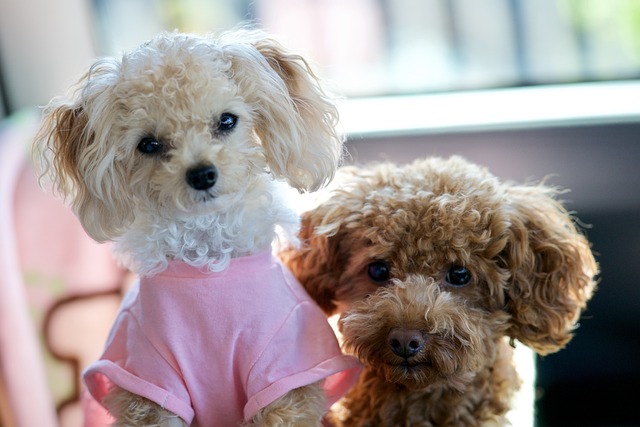
How to Train a Poodle to Use a Designated Spot for Toilet?
Poodles, with their sharp minds and eagerness to please, respond well to consistent toilet training—but it starts with picking the right spot.
If you’re tired of bandaging tiny bite marks on your hands or watching your puppy turn your favorite throw blanket into a chew toy, you’re probably desperate to stop the nipping—and fast. The good news is that with the right, gentle approach, you can curb puppy biting in days, not weeks. This isn’t about punishing your pup; it’s about speaking their language so they understand what’s off-limits.
Puppies bite because they’re teething (gums hurt!) and because mouthing is how they explore the world—think of it like a toddler putting everything in their mouth. The key to stopping it fast is immediate, consistent feedback. Dogs learn best when consequences happen right after the behavior, so you can’t wait 5 minutes to react. My friend Sarah tried this with her 4-month-old Corgi: every time he nipped her fingers, she’d yelp softly (like another puppy would) and pull her hand away. Within 3 days, he started softening his mouth—and by the end of the week, he rarely nipped at all.
Here’s the step-by-step: First, keep teething toys everywhere—by the couch, near your bed, in your bag. When your puppy nips, don’t scold—immediately swap your hand/clothes for a toy. If they grab the toy, cheer and give them a small treat (think tiny pieces of cheese or training biscuits). If they keep nipping, stand up and walk away for 20 seconds—no eye contact, no talking. This teaches them that biting ends playtime. For apartment dwellers, this is extra crucial: with neighbors nearby, you can’t let nipping turn into excessive barking from frustration. Keep a frozen rubber Kong in the fridge—cold toys soothe teething gums and distract them from biting you.
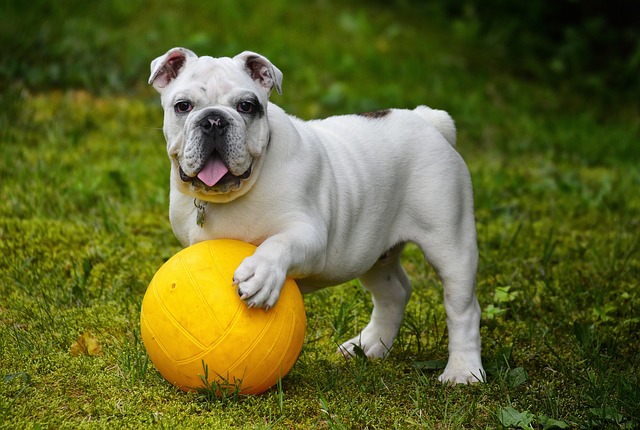
Never hit, yell, or use shock collars—these are not only inhumane (and go against U.S. animal welfare standards) but also make your puppy fearful, which can lead to more biting. While you’re training, don’t forget the rules: Make sure your puppy gets their core vaccines (distemper, parvovirus) by 16 weeks—most states require this, and it lets you safely take them to puppy classes where they’ll learn bite inhibition from other dogs. Always carry waste bags on walks, too—cities like New York fine up to $250 for leaving poop behind, and it’s just common courtesy.
Stopping puppy biting fast is about consistency, not harshness. Stick to the swap-and-reward method, keep toys handy, and your “landshark” will be a gentle companion in no time.

Poodles, with their sharp minds and eagerness to please, respond well to consistent toilet training—but it starts with picking the right spot.
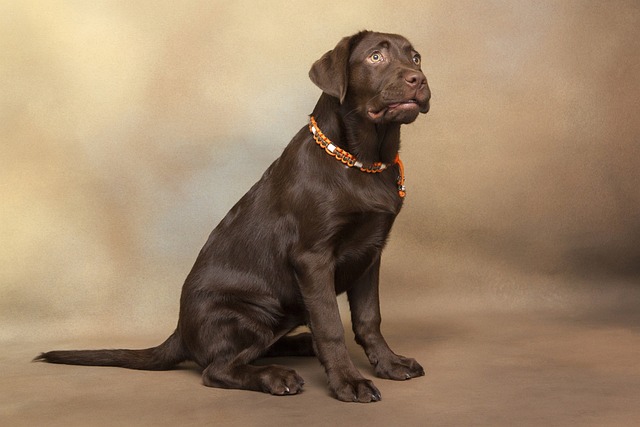
Labrador Retrievers thrive on positive interaction, so start training as soon as you bring your pup home—ideally between 8 and 12 weeks old.
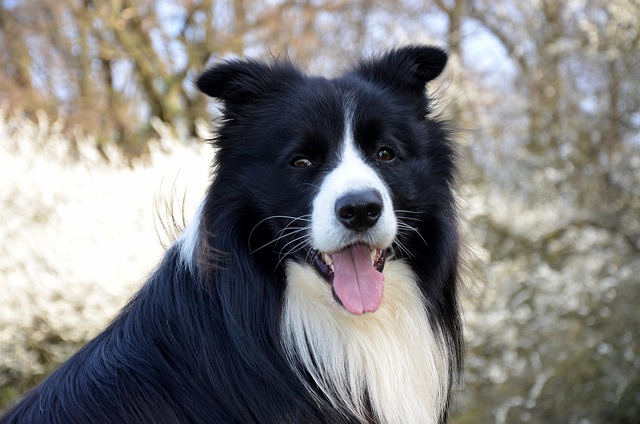
Border Collies thrive on routine, so start by picking a consistent spot—maybe near your backyard patio or a patch of grass that’s easy to access.
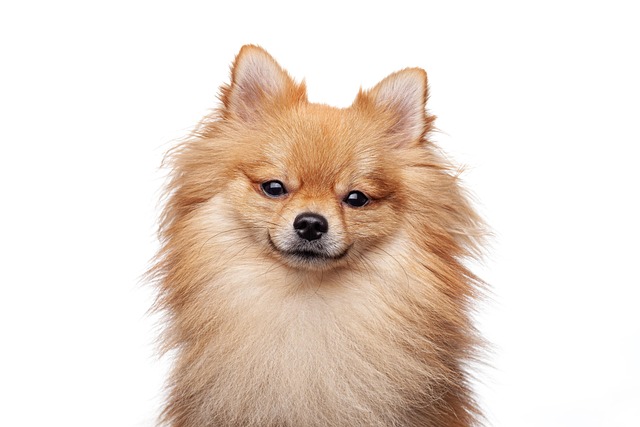
Pomeranians, with their fluffy coats and spunky personalities, are a popular pick for many dog lovers, but their small size can make housebreaking feel tricky at first.
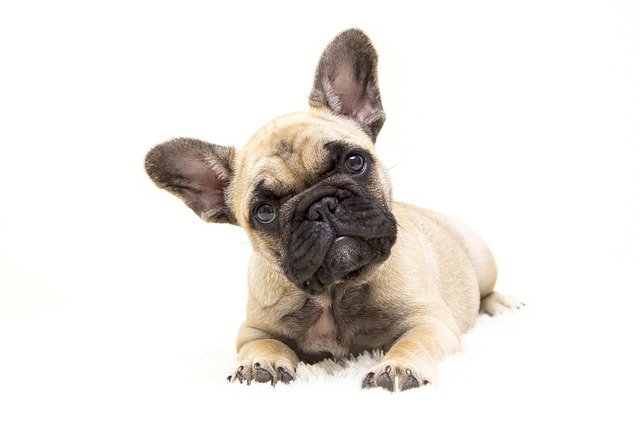
Many new dog owners quickly learn that potty training success varies wildly by breed, and some pups pose unique challenges.
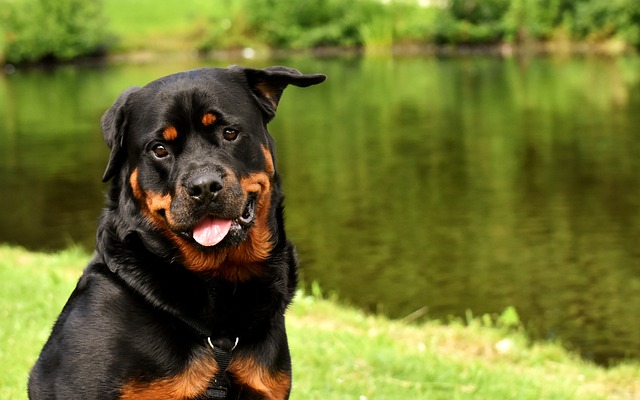
If you live in a high-rise apartment or a home without immediate yard access, training pads can feel like a lifesaver during the potty training phase.